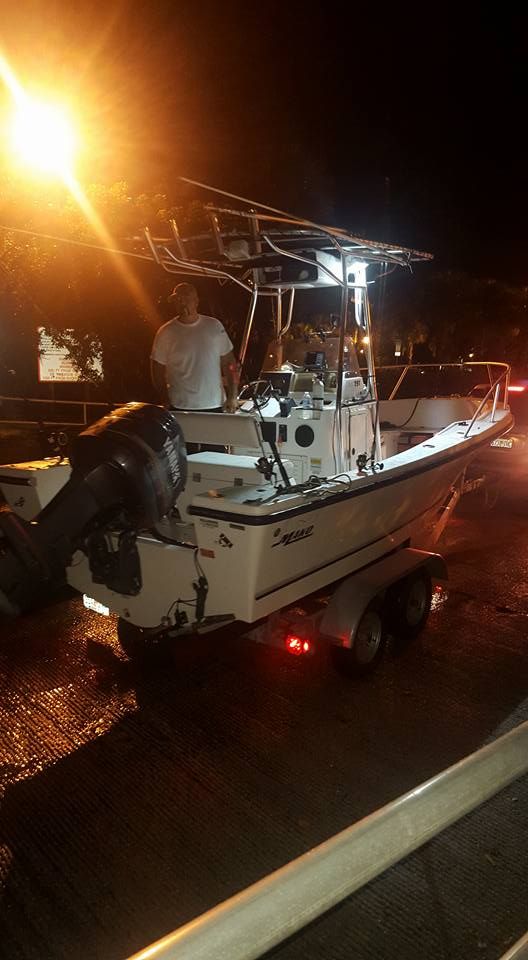I wonder where Mercury got their data from?
If from Yamaha then why is it not in the Yamaha book? Probably because some yahoo would install a pressure gauge and complain that his motor was deficient by about a half psi at 2000 RPM and demand a new motor.
Would be expensive for Mercury to perform tests to come up with pressure curves on their own.
If I had a Yamaha motor and Mercury branded that motor as their own I would surely have the Mercury manual over the Yamaha manual.
Question for fairwinds. Does the Merc manual show torque in lb-ft or ft-lb? I suspect that I know the answer but would like it to be confirmed.
If from Yamaha then why is it not in the Yamaha book? Probably because some yahoo would install a pressure gauge and complain that his motor was deficient by about a half psi at 2000 RPM and demand a new motor.
Would be expensive for Mercury to perform tests to come up with pressure curves on their own.
If I had a Yamaha motor and Mercury branded that motor as their own I would surely have the Mercury manual over the Yamaha manual.
Question for fairwinds. Does the Merc manual show torque in lb-ft or ft-lb? I suspect that I know the answer but would like it to be confirmed.








Comment